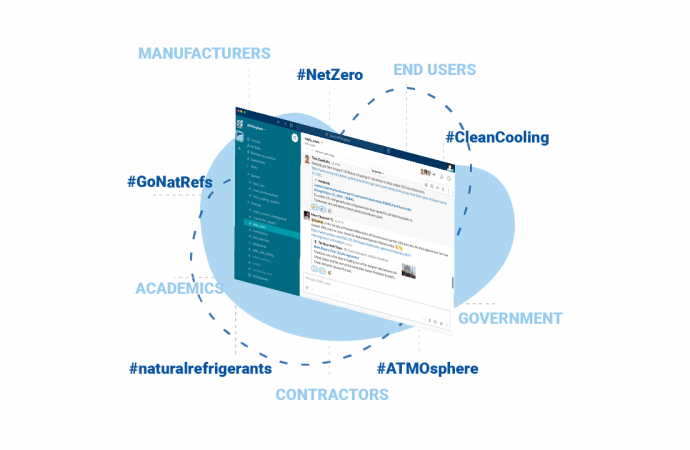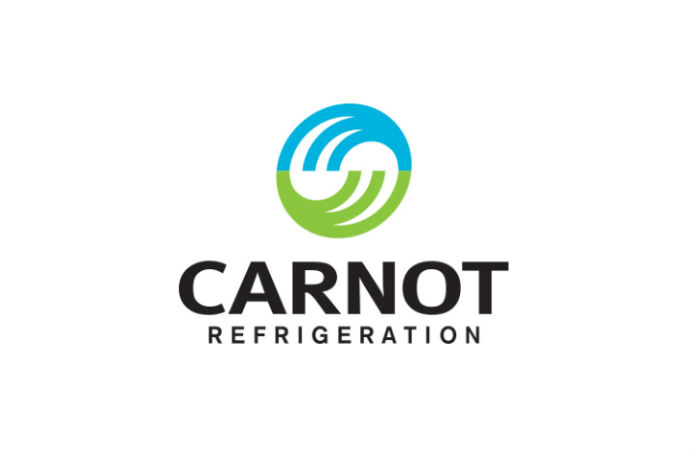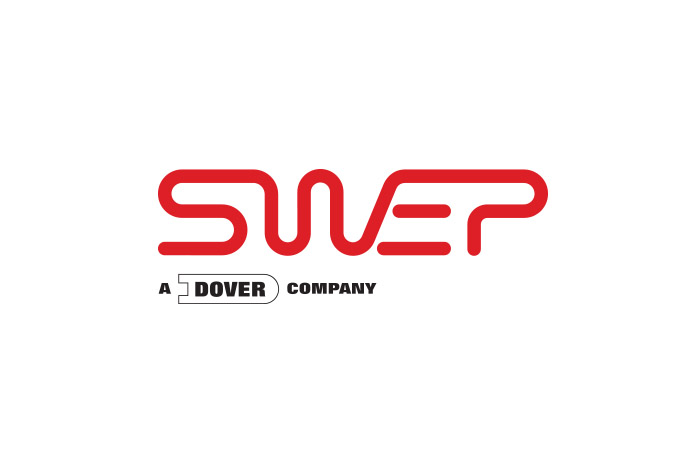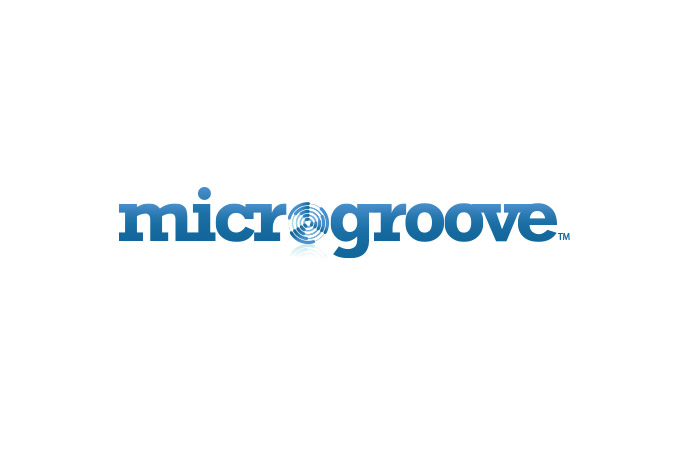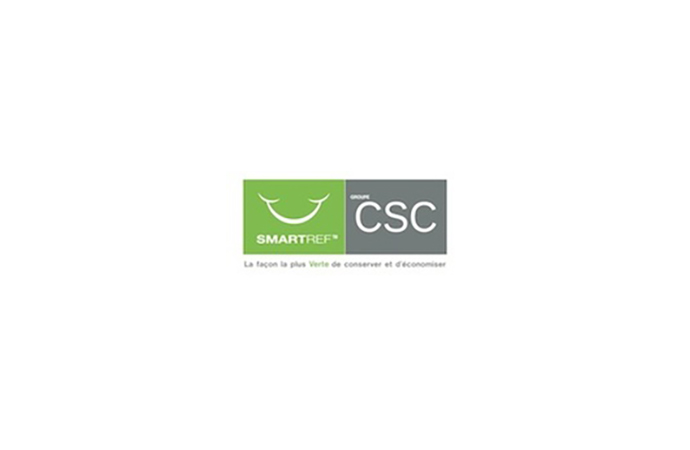In this second article about end user CO2 experience presented at the 2012 FMI Energy and Store Development Conference, we look at the presentation by Rod Peterson from Sobeys, where transcritical CO2 refrigeration systems are a National standard, and Fresh and Easy’s experience. Sobeys has achieved a 30% decrease in costs since their first installation, but technicians need to be trained to remove the “fear of the unknown”.

Sobeys: “CO2 financially viable”, Rod Peterson, National Procurement Manager
Canadian retailer Sobeys has over 1,300 stores across Canada, including 34 transcritical CO2 system installations, with 22 more approved for 2013.
Sobeys’ investment in CO2 follows a National initiative undertaken in 2010 to review various CO2 systems to determine the direction the retailer should take. The consensus from this initiative was that there are substantial benefits to eliminating chemical refrigerants completely and focusing on the full transcritical CO2 refrigeration systems.
According to Sobeys’ calculations the average grocery store leaks 15-25% of the entire charge into the atmosphere annually. This direct carbon release costs in the neighbourhood of $5-10K (€3.9- €7.8K) per year per store annually, for every store that is conservatively $67,000 (€52,000) in 10 years.
According to Mr Peterson’s presentation CO2 is financially viable and has a good return on investment. Although the initial cost, including full heat reclaim can be up to 50% more than an HFC system, Mr Peterson pointed out that, “it is important to understand that we are moving from a standard HFC system to a state of the art CO2 system so it is difficult to make an apples to apples comparison”.
Comparing other parameters for HFC and CO2 transcritical systems, Sobeys reports the following:
- Installation cost: 10% lower than an HFC system, as a result of using less copper and only one pipe size;
- Installation time: same as an HFC system;
- Refrigerant cost: 94% reduction in cost compared to HFC;
- GWP: 99% reduction compared to HFC;
- Energy Cost: 15% reduction compared to HFC;
- Maintenance cost: 50% reduction compared to HFC;
- Building heating cost: 75-85% reduction compared to HFC.
With regards to challenges and lessons learned Mr Peterson said that education of equipment suppliers was of paramount importance, mentioning too that CO2 may not be financially viable for stores with smaller footprints.
Sobeys’ future strategy for CO2 involves:
- Promoting growth & competition;
- Leveraging volume;
- Participating in international forums like the Consumer Goods Forum and ATMOsphere;
- Finding affordable retrofit solutions for existing systems.
Fresh and Easy (Tesco), Tom Hutchinson
Fresh and Easy has the following CO2 refrigeration systems
- Rosemead California: Installed in October 2010, the refrigeration system is a cascade CO2 system, with CO2 DX low temperature, and pumped CO2 medium temperature, R134a top cycle, and HVAC. This store was awarded the GreenChill Silver;
- Folsom California: Installed in October 2011, the refrigeration systems features low temperature direct expansion CO2, chilled glycol condensing, medium temperature, secondary cooling system, circulating glycol. Glycol is cooled with a close-coupled R404A system, using the compact chiller module. The store was awarded the GreenChill Platinum.
- Sacramento California: Currently in design is a subcritical cascade system, with DX low temperature, and pumped CO2 medium temperature, ammonia top cycle, and Glycol HVAC.
The Rosemead CO2 cascade system, for which Fresh and Easy has now collected over a year’s worth of data, features an emergency system, which cools the CO2 in the event of a power outage. This “became a lifesaver because is that area that lose power quite often”, said MR Hutchinson.
Compared to other 404A stores in the region the Rosemeade CO2 rack system:
- Energy consumption: Runs very close to similar system in terms of energy consumption: 9.44% increase in energy usage;
- Maintenance: 27% increase in costs;
- Carbon: 41% decrease in carbon emission.
In the future it is important that costs come down and in regards to forthcoming plans Fresh and Easy is investigating the feasibility of transcritical CO2, depending on ambient conditions, and also looking at compact ammonia top cycle cascade systems.
MORE INFORMATION
Related stories

